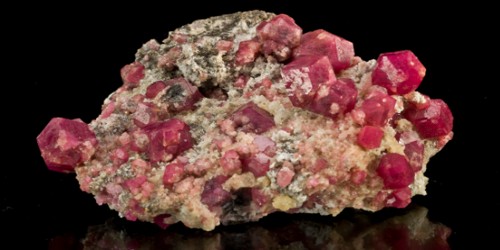Researchers at North Carolina State University have created a new statistical model that, when applied to the populations of loblolly pine trees in the Southeast United States, will help forest landowners and the forest industry in the coming decades. This model was created in response to evidence that the global climate is changing quickly in comparison to historical trends.
The research, titled “Optimal Seed Deployment Under Climate Change Using Spatial Models: Application to Loblolly Pine in the Southeastern US” appears in the Journal of The American Statistical Association.
“In the past, statistical approaches that were used to help guide forest management decisions like strategic seedling planting had limitations,” note the authors.
“Our proposed model, which is based on future climate change scenarios, produces more accurate predictions than previous methods. As a result, it can be used as a quantitative tool for designing forest management strategies that mitigate the negative impacts of climate change.”
The findings are the result of the Cooperative Tree Improvement Program, a joint effort between NC State’s Department of Forestry and Natural Resources and Department of Statistics, in which NC State and its members carried out breeding of loblolly pine families and established a large number of field trials in approximately 25 locations across the southern U.S. in the early 1990s.
Our proposed model, which is based on future climate change scenarios, produces more accurate predictions than previous methods. As a result, it can be used as a quantitative tool for designing forest management strategies that mitigate the negative impacts of climate change.
Climate change’s projected temperature rises and likely precipitation decreases could stress loblolly pine plantations in the southern United States, which could have a big impact on the economy and the environment.
The best seed sources, which have been used for decades, won’t be the best seed sources in the future or today. To lessen the negative effects of climate change, the authors recommend an ideal facilitated movement of loblolly pine seed supplies from southern, warmer regions to northern, cooler places in the southeastern United States.
Loblolly pine is the most important commercial pine species in the U.S. More than 39 million acres of pine plantations span the South, and about 1 million acres are planted every year by small landowners and forestry companies.
The South, which already produces more timber than any other region in the globe, is predicted by timber market models to account for virtually all of the rise in overall production in the United States up to 2040. Loblolly pine plantations not only offer financial advantages to landowners but also clean water and habitat for a wide variety of local wildlife.















